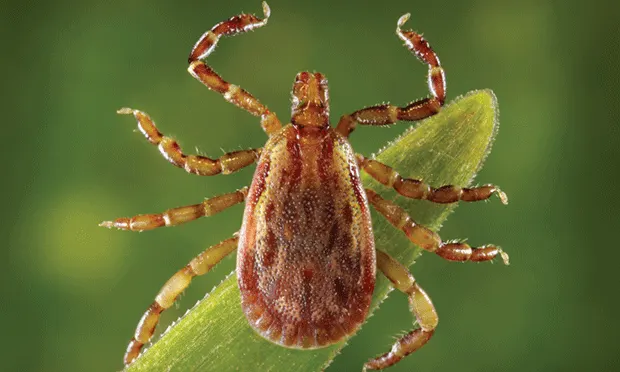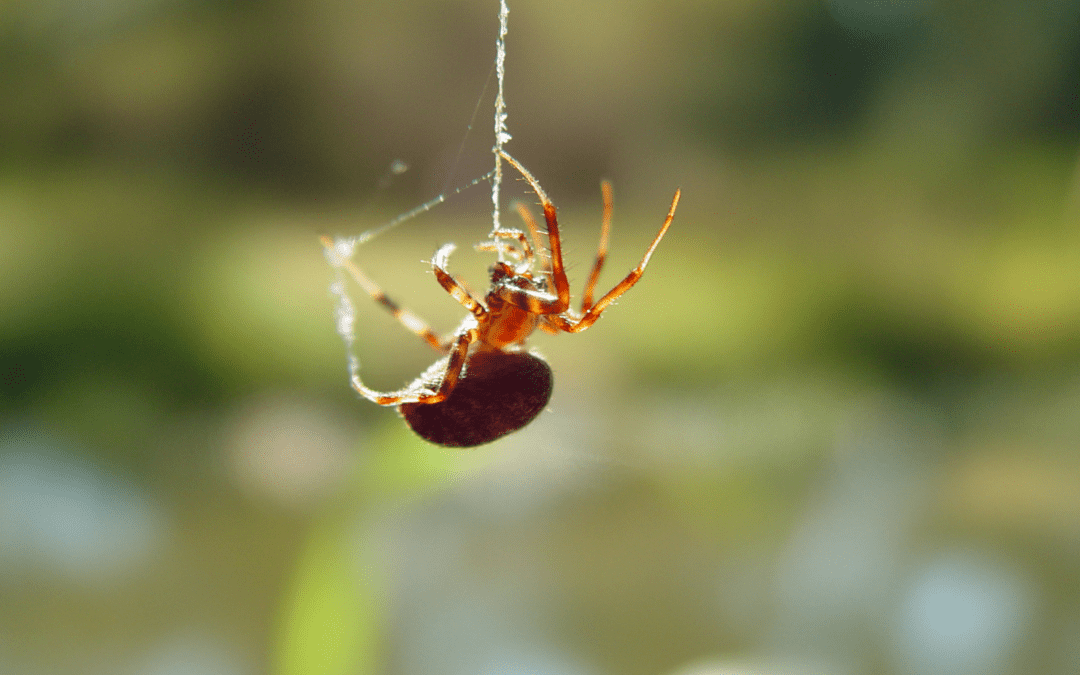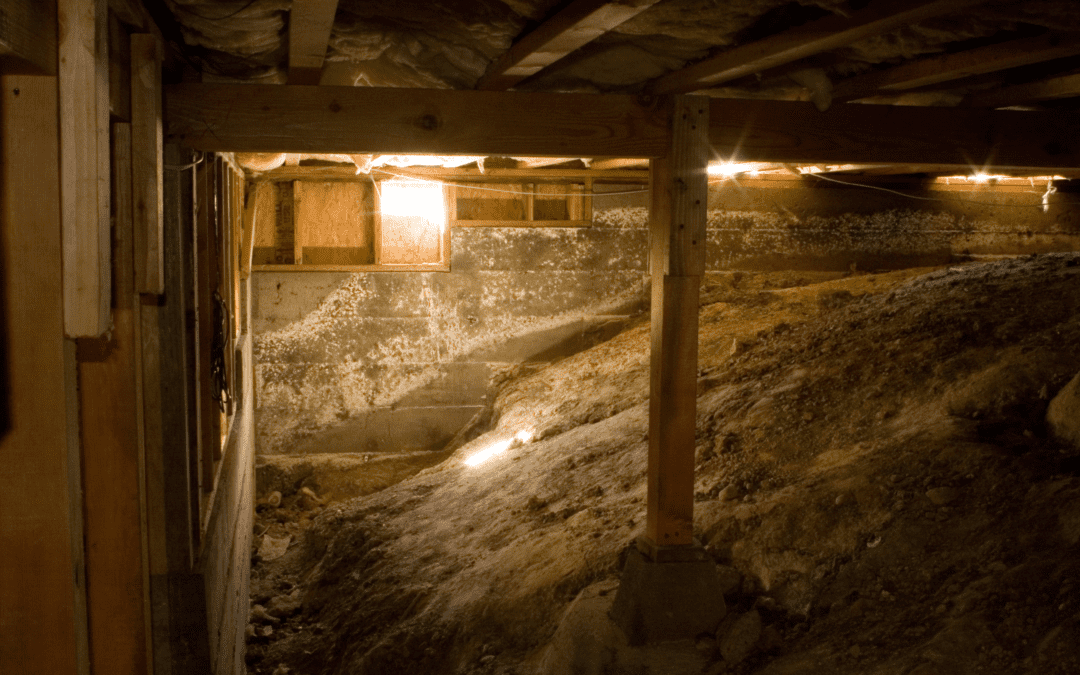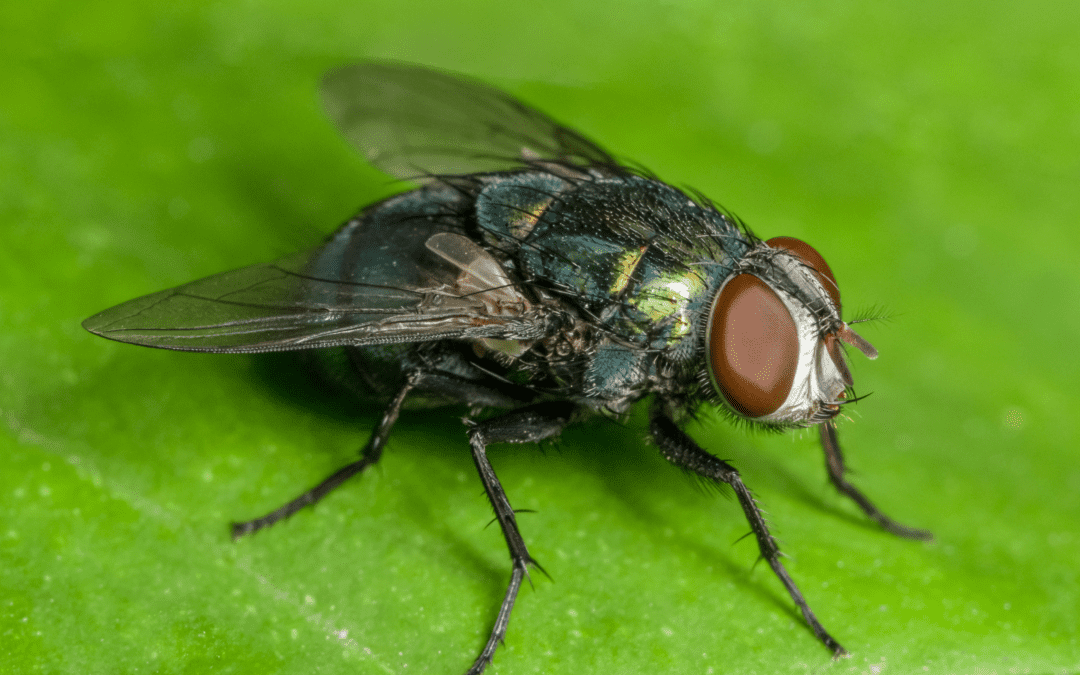READY TO GET STARTED?
REQUEST A FREE ESTIMATE
Fill out the form below or call (336) 226-1448 for a free, no-obligation estimate.

North Carolina’s mild climate is perfect for outdoor adventures, but it also makes the state a hotspot for fleas and ticks. For homeowners, particularly those with pets, controlling these pests is essential—not just for comfort, but for health. Unfortunately, conventional chemical-based solutions often raise concerns for eco-conscious families looking to protect their homes and the environment.
Luckily, there’s a rising trend in eco-friendly flea and tick control methods that are nontoxic, effective, and sustainable. This blog highlights green alternatives to help you tackle North Carolina’s flea and tick issues while keeping your home, pets, and environment protected.
North Carolina’s warm, humid weather provides the perfect breeding ground for fleas and ticks, which are active year-round. These pests are not only uncomfortable but also pose serious health risks.
While many turn to chemical pesticides for quick relief, these treatments can harm North Carolina’s waterways, soil health, and non-target species. This is why more homeowners are seeking sustainable, eco-friendly alternatives that protect both their homes and the environment.
Prevention is the best solution to avoid infestations. Here are a few green steps to minimize the risk of fleas and ticks in your home:
Switching to green pest control not only protects your family and pets but also helps preserve North Carolina’s rich biodiversity. Chemical-heavy pest control disrupts ecosystems, but sustainable practices keep pests at bay while maintaining environmental health. By choosing eco-friendly solutions, you contribute to cleaner waterways, healthier soil, and reduced chemical exposure for wildlife. Green alternatives offer effective, sustainable ways to protect your home, pets, and property—while staying true to your eco-conscious values. If you’ve noticed fleas and ticks on your property, it could be time to call a local pest control company near you for a free inspection!

Winter in North Carolina often brings a welcome reprieve from the sweltering heat and humidity of summer. However, the cooler months don’t mean it’s time to take a break from pest control. In fact, when homeowners and property managers neglect winter pest control, they may find themselves facing unexpected infestations that can affect both their property and health. Let’s explore the reasons why continuous pest control is crucial, even during the winter months.
Many homeowners mistakenly believe that winter’s cold weather eliminates the pest problem. While it’s true that some pests become inactive during colder months, others seek refuge indoors, where it’s warm and food is plentiful. Without a proactive approach to pest management, these uninvited guests can quickly become a major nuisance.
In North Carolina, several pests remain active and problematic even in winter. These include:
When pest control is paused during winter, the risk of infestations increases substantially. Rodents, for example, are known for their rapid reproduction rates, which means a small problem can quickly escalate into a larger infestation.
Economic Risks: Pests can cause significant damage to property. For example, rodents often chew on electrical wires, increasing the risk of fire hazards. The cost of repairing such damages can far exceed regular pest control fees.
Health Risks: Some pests, like cockroaches and rodents, are vectors for diseases. Cockroaches can trigger asthma and allergies, while rodents can carry dangerous illnesses like Hantavirus.
Taking active steps to prevent pest invasions is key to maintaining a safe and healthy environment during winter. Consider these strategies:
While DIY methods can be effective for minor issues, professional pest control services offer comprehensive solutions:
Winter pest control is an essential part of maintaining a healthy and safe living environment in North Carolina. By staying vigilant and enlisting the help of professional pest control services, homeowners and property managers can protect their properties from the economic and health risks associated with pest infestations. Don’t wait until spring to act—ensure your pest control measures are in place now to prevent unwanted surprises later. Contact a trusted pest control service today and secure your peace of mind throughout the year.

Temperatures are getting cooler and we are starting to spend more time indoors. We aren’t the only ones inside, though. Many pests will appear indoors that weren’t around in the warmer months. Pests found inside are seeking warmer shelter to survive the winter and provide a food source. Let’s break down some common fall pests so you’re better prepared to prevent and treat them.
Fall is the time when leaves begin to fall and temperatures drop, but it’s also when most spiders begin to mate. You might see more spiders than usual indoors due to them trying to find a match. Outside, you may notice large webs around your home. Spiders are known for being beneficial and can reduce the number of other pests around your home, so be mindful when knocking down their webs outside.
Fire ants build large mounds in soil and near structural foundations. They can even find their way indoors through cracks in buildings. When they feel threatened or disturbed, they can cause multiple painful stings and can become aggressive. Fall is the best time to treat fire ant mounds as this is when they’re most active.
Like us humans, rodents are also in search of food and warmth in the cooler weather. Your home can become a welcoming environment for them. Be sure to rodent-proof your home by sealing gaps or openings around your home’s exterior. Keep outdoor vents covered, repair any holes or tears in window or door screens, and install weatherstripping around doors.
You may notice an increase in overwintering pests, such as ladybugs, boxelder bugs, and stink bugs. These types of pests often resist traditional treatments with pesticides, so it’s best to take measures around your home to prevent more from coming inside. They’ll gather near the warmest areas of your home, usually on the south and west-facing sides. In these areas, check for any openings or gaps around windows and doors.
If you notice an influx of pests around your home this fall, reach out to your local pest control company who will provide you with a treatment plan that works best for you and your family.

Every homeowner should ensure their home’s temperature is consistent for comfortable living. Unfortunately, your crawl space could contribute to your home’s ever-changing temperature. Crawl spaces can be impacted by moisture and pests, making it essential to fix these issues promptly. Read on to learn more about crawl space care for your home.
Living in the southeast can bring high humidity. This humidity contributes to conditions suitable for fungi growth and wood rot. Over time, these conditions can cause severe health issues for family members who suffer from asthma and allergies. If you notice excessive moisture in your crawl space and North Carolina home, it’s best to resolve it in a timely manner.
After the warmer months leave, your crawl space might become a refuge for pests and wildlife. Some pests that might seek shelter and comfort in your crawl space include ants, crickets, spiders, mice, and cockroaches. Termites will also find it easier to eat away at our home’s structure if it is moist enough.
Enclosing or encapsulating your crawl space is one of the best methods for taking care of your crawl space, although there are some do-it-yourself crawl space care measures you can implement on your own to improve the health of your home’s crawl space.
If you suspect you have pest infestations or moisture problems in your crawlspace, reach out to a pest control company near you to schedule a free inspection and receive the best plan of action today!

Household pests are any undesired animal that has a history of living, invading, causing damage to, eating food from, acting as a disease vector for, or causing any other harm to a human habitat. While many are just considered a nuisance, some household pests can become dangerous as they pose a risk to health, property, and lifestyle. Also, household pests aren’t just limited to insects. They include arachnids, rodents, and wildlife.
While household pests can be found year-round, some are more common in the summer months. Here are four of the most common summer pests and how you can prevent them.
Mosquito season peaks during the summer months. Mosquitoes are able to reproduce in large numbers due to the warm weather and humid environments that accelerate their life cycle. If you have standing water on your property, you will most likely see mosquitoes since this is where they lay their eggs. Mosquitoes can be dangerous to humans as they carry pathogens that can cause serious diseases such as Zika and West Nile virus.
Mosquitoes can be prevented by:
Ants hibernate in the winter and come out in full force during the summer. Ants are usually seen indoors during the summer because they’re searching for food and water as these can become scarce for them. They are also building up their reserves for the fall and winter months.
Ants can be prevented by:
Termite swarming season is in the spring, but these newly established colonies grow exponentially in the summer. Termites can go long periods of time undetected. This allows them to cause significant damage to your home. It’s important to keep an eye out for signs of termites so you’re able to catch them early.
Termites can be prevented by:
Flies invade your home in the summer months to escape the heat. While they only reproduce during the hotter months, getting indoors allows them to do so even more prolifically.
Flies can be prevented by:
Don’t let these common pests ruin your summer. If you have a problem with any of these pests, contact your local pest control company. They will be able to help eliminate them safely and prevent them going forward.